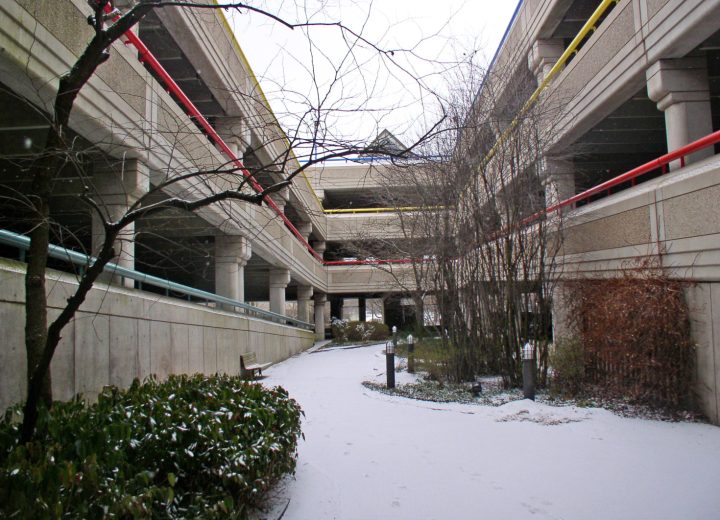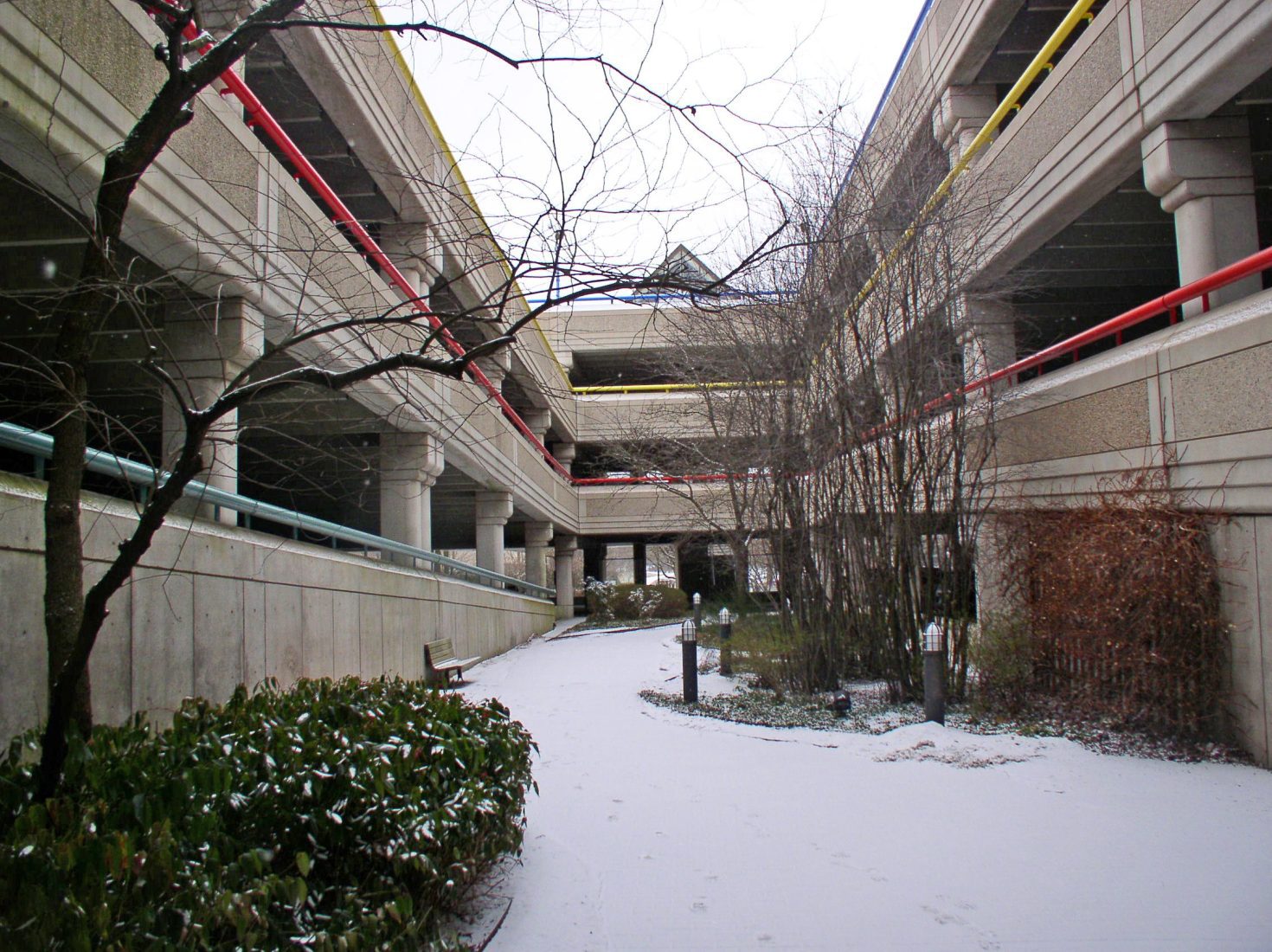So what are the other options?
Calcium chloride, while somewhat pricier, is generally the most effective deicing chemical. While detrimental effects do tend to be less severe than with rock salt, calcium chloride is nonetheless a corrosive compound that is damaging to reinforced concrete. Avoiding these harmful properties altogether, however, may mean using a chemical that is somewhat less effective, particularly at lower temperatures.
A number of proprietary products are also available which claim to correct the deficiencies of any one compound. These products usually combine various organic and inorganic deicing chemicals, sometimes alongside other performance-improving agents, such as corrosion inhibitors or traction enhancers (e.g. corn starch). While proprietary blends pledge greater effectiveness than their simpler counterparts, they also come at a higher price.
The chemical that is most sympathetic to existing structures—and most highly recommended—is calcium magnesium acetate (CMA); however, CMA does not work at lower temperatures, must be applied before snowfall, and demands expeditious, and, often, continuous snow clearing. An ice loosening chemical, CMA does not melt snow or ice, but rather creates a slurry that interferes with the bond of the ice to the surface, aiding mechanical removal.
Should an ice melting chemical be required, opt for potassium chloride or a proprietary organic ice melting chemical, or a blend of the two, but not outside their operating temperature range. For colder, more severe conditions, it may be necessary to use calcium chloride or a proprietary blended material to maintain safety. In all cases, application of grit/sand greatly increases traction and diminishes the amount of deicing chemical required.
With the high liability of slippery surfaces, it’s important to consider snow removal options well before the first snowfall forces last-minute decisions. Pilot test proposed materials to verify suitability and performance, and integrate these into a comprehensive snow and ice removal strategy. Detailed record-keeping in your winterizing program log will be instrumental in demonstrating your facility’s proactive approach to deicing, should a litigation issue arise.

News bulletin by Lawrence E. Keenan, AIA, PE, Vice President and Director, Engineering with Hoffmann Architects.


